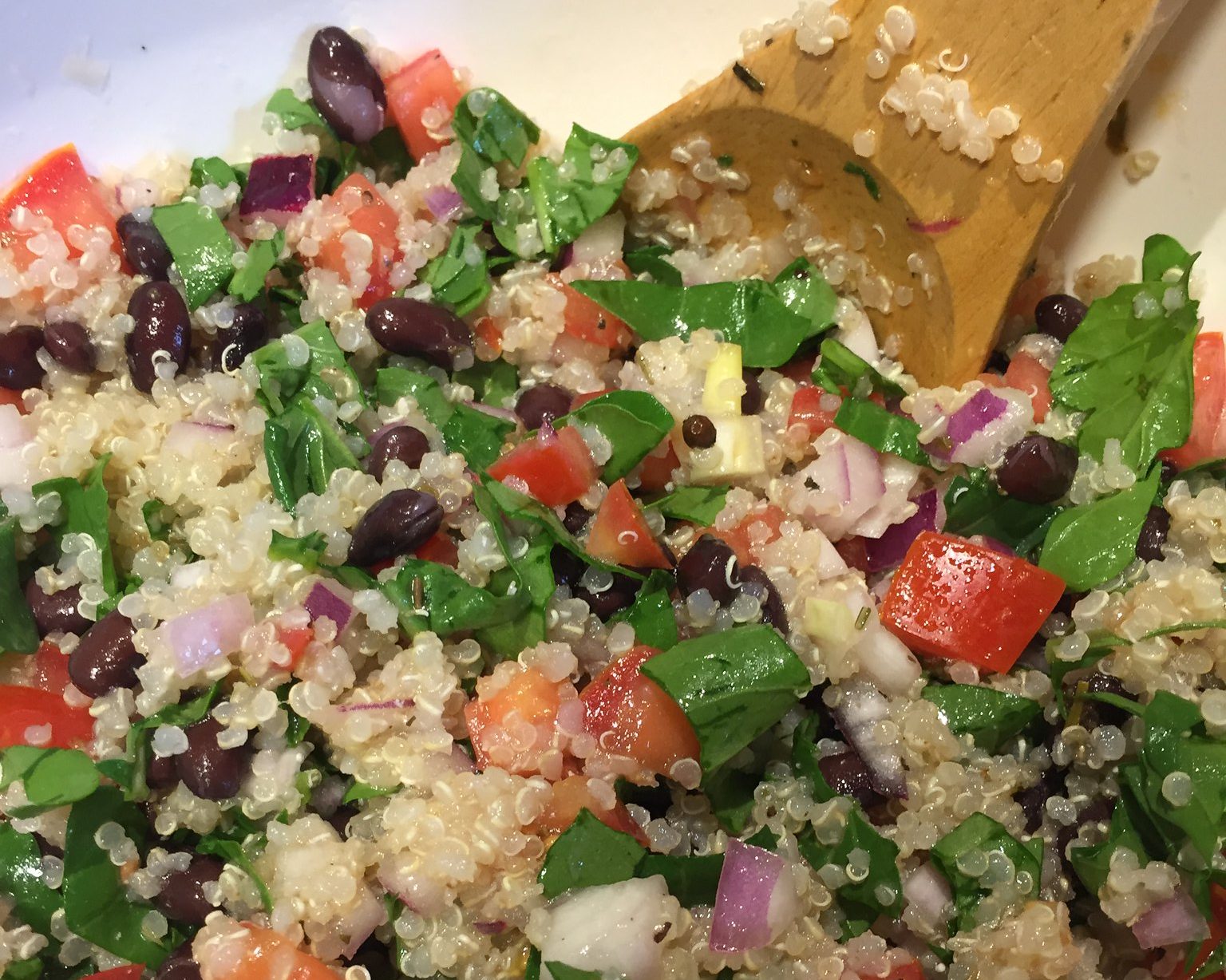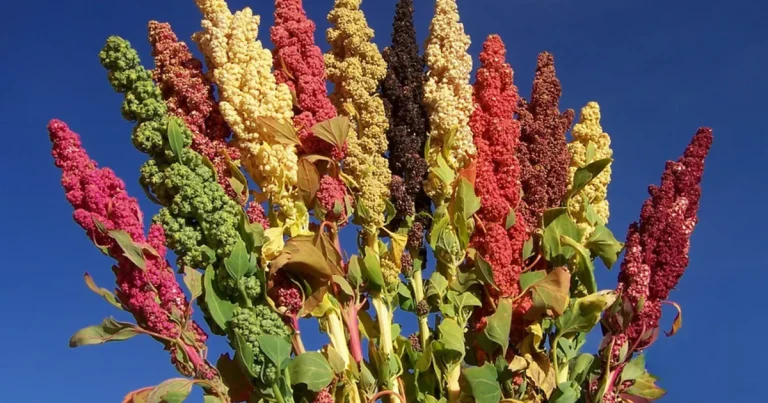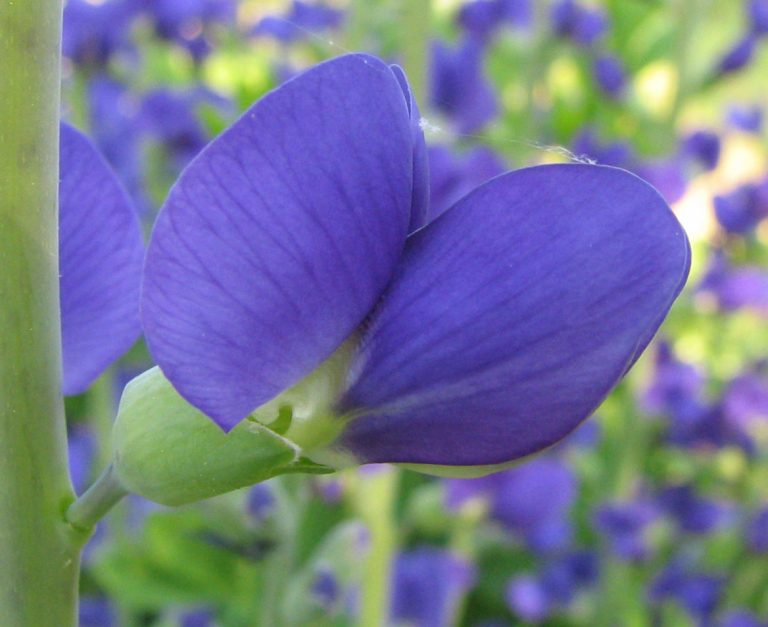Known as a versatile, ancient grain with profound health benefits, quinoa has been cultivated for thousands of years in the Andean region of South America. It is considered a “superfood” by dietary experts due to its high nutritional value, and ability to regulate blood sugar levels and improve gut health — making it a great addition to any diet — particularly for those who suffer from gluten intolerances, or other food sensitivities.
Rooted in history
The grain was a staple food of the Incan Empire in the 12th century, with records showing that it was first grown near Lake Titicaca — located on the border of Peru and Bolivia. Known as a sacred crop and referred to as the “mother of all grains,” the Incas valued quinoa highly, and even held a festival in its honor each year.
The cultivation of quinoa was nearly lost after the Spanish conquest of the Inca Empire (also known as Tawantinsuyu), but it was preserved by indigenous communities in the Andes and its surrounding regions. In the 20th century, quinoa began to gain popularity as a health food outside of South America — since becoming a staple ingredient in many cuisines around the world.
Today, it is grown and consumed on a global scale, with the majority of production still taking place in South America — particularly in regions across Peru and Bolivia.
A complete protein
One of the main reasons for quinoa’s boom in popularity is due to its unique nutritional value — it contains all the essential amino acids — such as lysine and glutamic acid — that the human body needs to function at its best.
Success
You are now signed up for our newsletter
Success
Check your email to complete sign up
The grain-like seed is also a good source of fiber, antioxidants and anti-inflammatory compounds — helping promote a healthy digestive system — while being low in fat and cholesterol. Quinoa may also help improve gut health by adding beneficial gut bacteria and prebiotics to reduce bloat and symptoms from digestive issues such as colitis and Crohn’s disease.
A solid option for those with food intolerances
Quinoa is also gluten-free — making it a great option for people with celiac disease, gluten intolerances, or wheat allergies. Additionally, quinoa is rich in minerals — such as iron, magnesium, and zinc — which are essential for maintaining good health, and boosting energy levels.
With its low glycemic index, quinoa can reduce the risk of diabetes by regulating blood sugar levels and supporting weight management. Since the grain is absorbed into the bloodstream at a slower rate, it can prevent spikes in blood sugar — making it a great dietary option for people with diabetes, digestive issues, or anyone looking to maintain stable blood sugar levels.
Studies suggest that regularly consuming quinoa and foods high in fiber and minerals may even help lower the risk of serious ailments such as heart disease, and some types of cancer.
A versatile ingredient
Quinoa is a versatile grain that can be incorporated into a variety of meals, and can also hold its own as the star of a dish. It can be consumed as a side dish, added to salads, breakfast bowls, or used as a base for soups and stews. It can even be used as a replacement for rice or pasta in many recipes, or as a gluten-free alternative to wheat flour for baked dishes.
Its mild, nutty flavor is neutral enough to not interfere with the flavor profiles of other ingredients, and compliments both sweet and savory dishes. Quinoa’s versatility also extends to its preparation methods; it can be cooked on a stovetop, in a pressure or rice cooker, or even in a crockpot.
Easily found in most grocery stores or farmers’ markets, quinoa is easy to prepare and is an affordable ingredient. It only takes about 15-20 minutes to fully cook, and can be used in many dishes that call for grains such as rice, barley, or couscous.
If you’re eager to start incorporating quinoa into your diet, but don’t know where to begin, here is a healthy and delicious recipe to get you started:

Quinoa and Black Bean Salad
Ingredients:
- 1 cup quinoa
- 2 cups vegetable broth
- 1 can black beans, rinsed and drained
- 1 red bell pepper, diced
- 1/2 red onion, diced
- 1/4 cup chopped fresh cilantro
- 2 cloves garlic, minced
- 2 tablespoons olive oil
- 2 tablespoons red wine vinegar
- Salt and pepper, to taste
Instructions:
- Rinse the quinoa in a fine mesh strainer.
- In a saucepan, bring the vegetable broth to a boil. Add the quinoa and stir.
- Reduce heat to low, cover and simmer for 18-20 minutes or until the quinoa is tender and the liquid has been absorbed.
- Fluff the quinoa with a fork and let it cool to room temperature.
- In a large bowl, combine the quinoa, black beans, red bell pepper, red onion, cilantro, and garlic.
- In a small bowl, whisk together the olive oil and red wine vinegar. Season with salt and pepper.
- Pour the dressing over the quinoa mixture and toss to combine.
- Serve the salad chilled or at room temperature, and enjoy!







